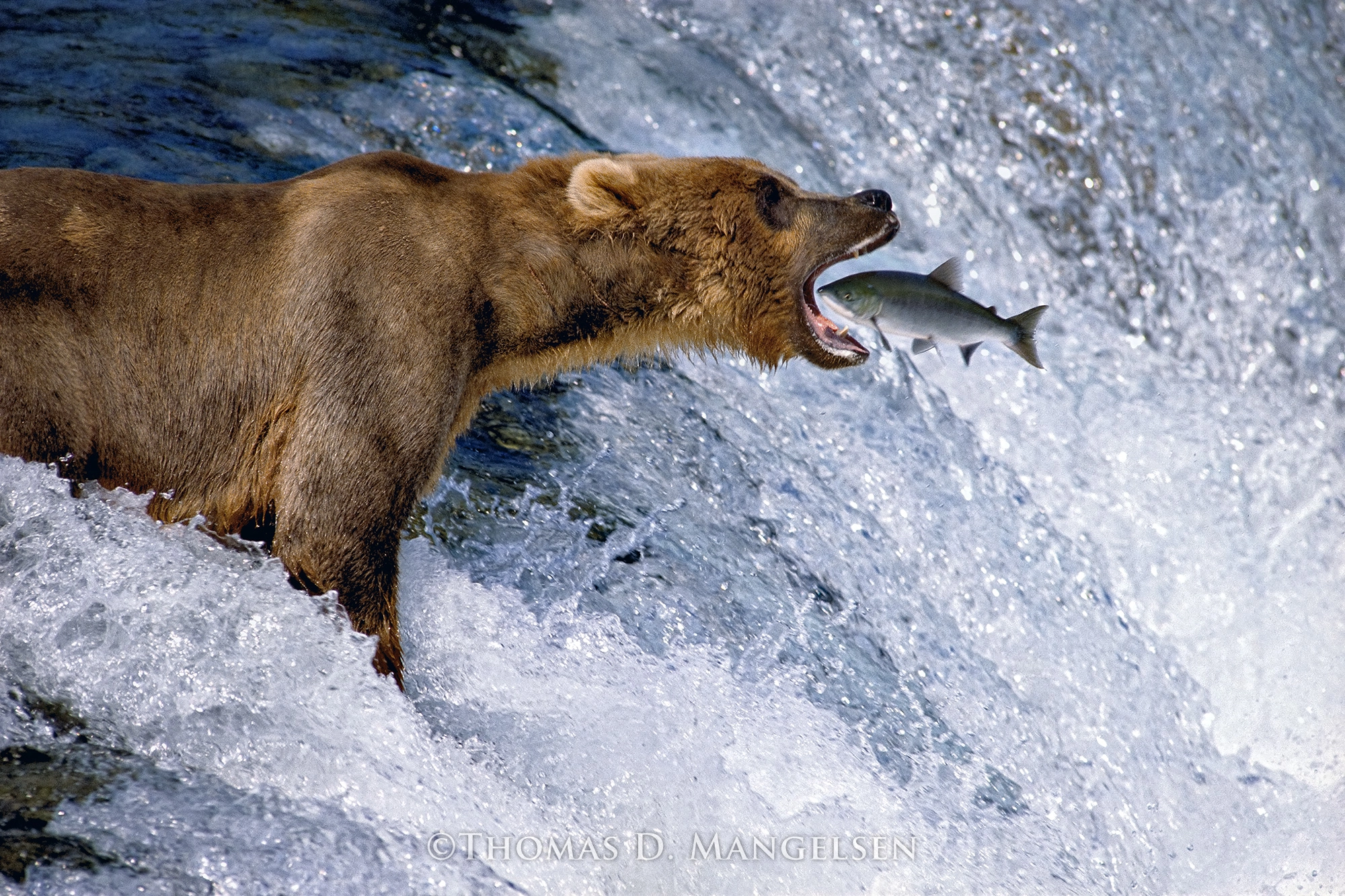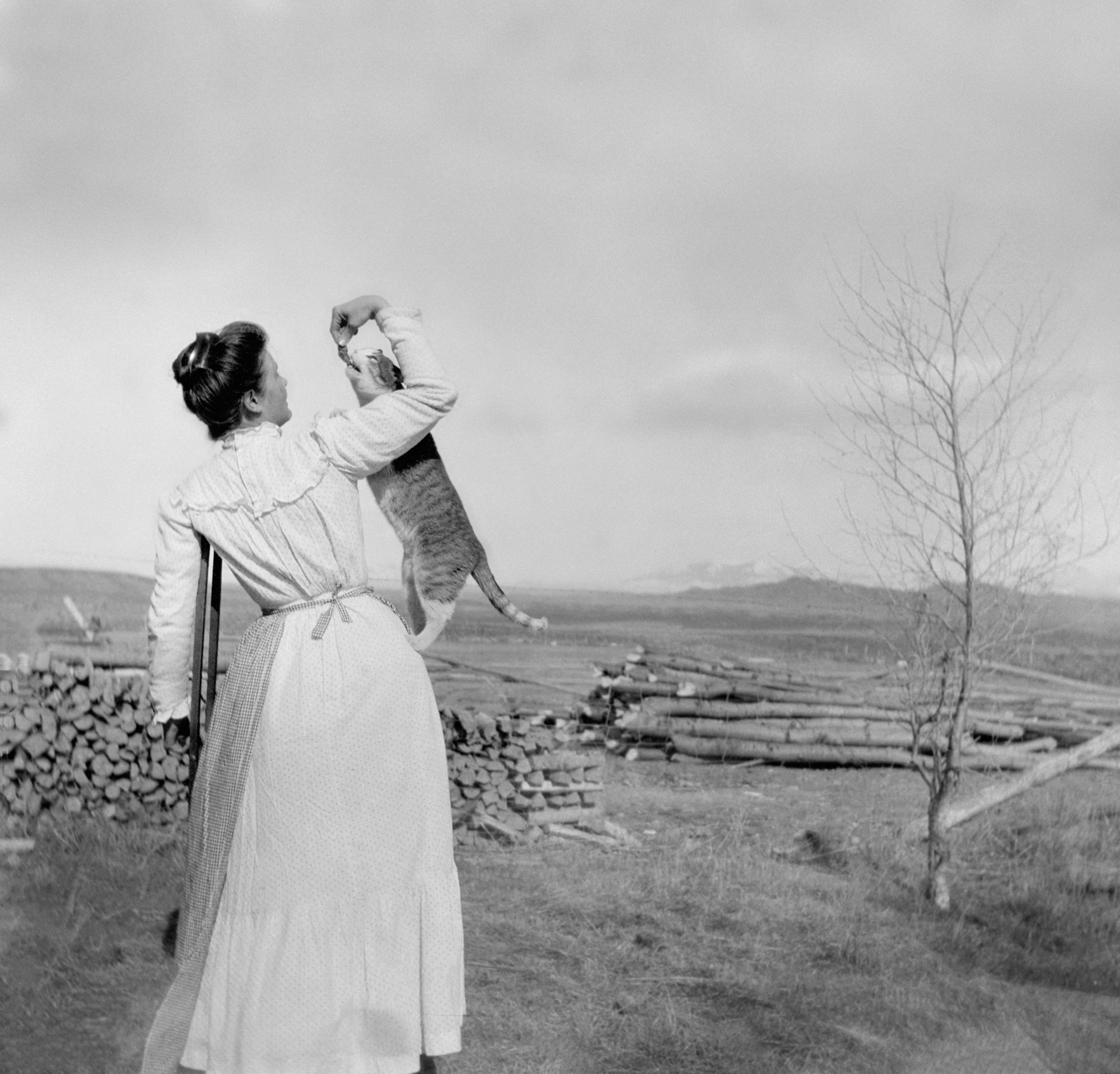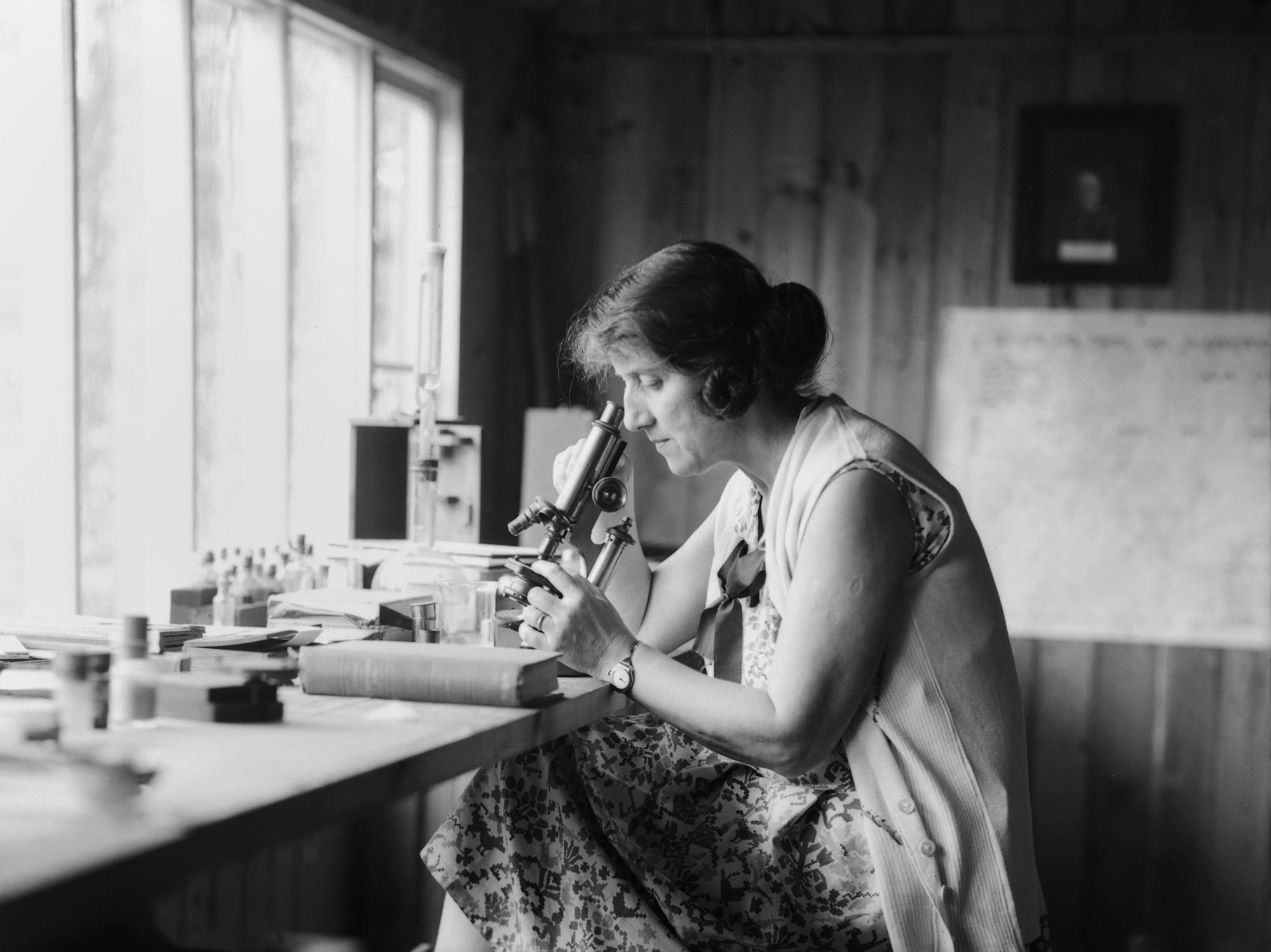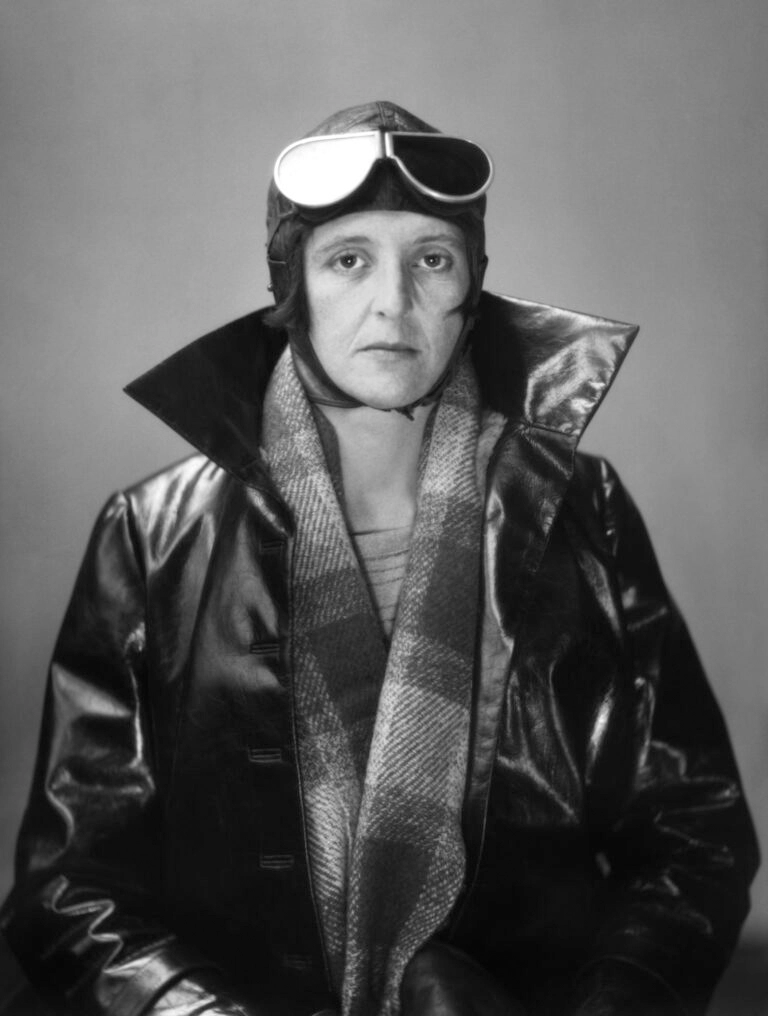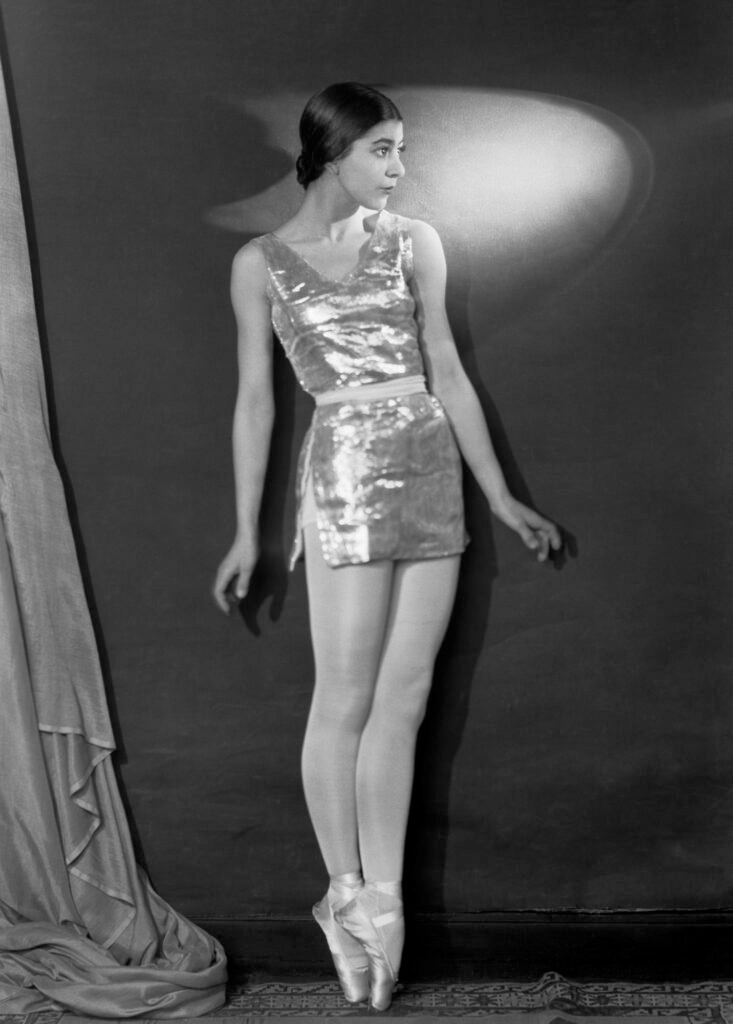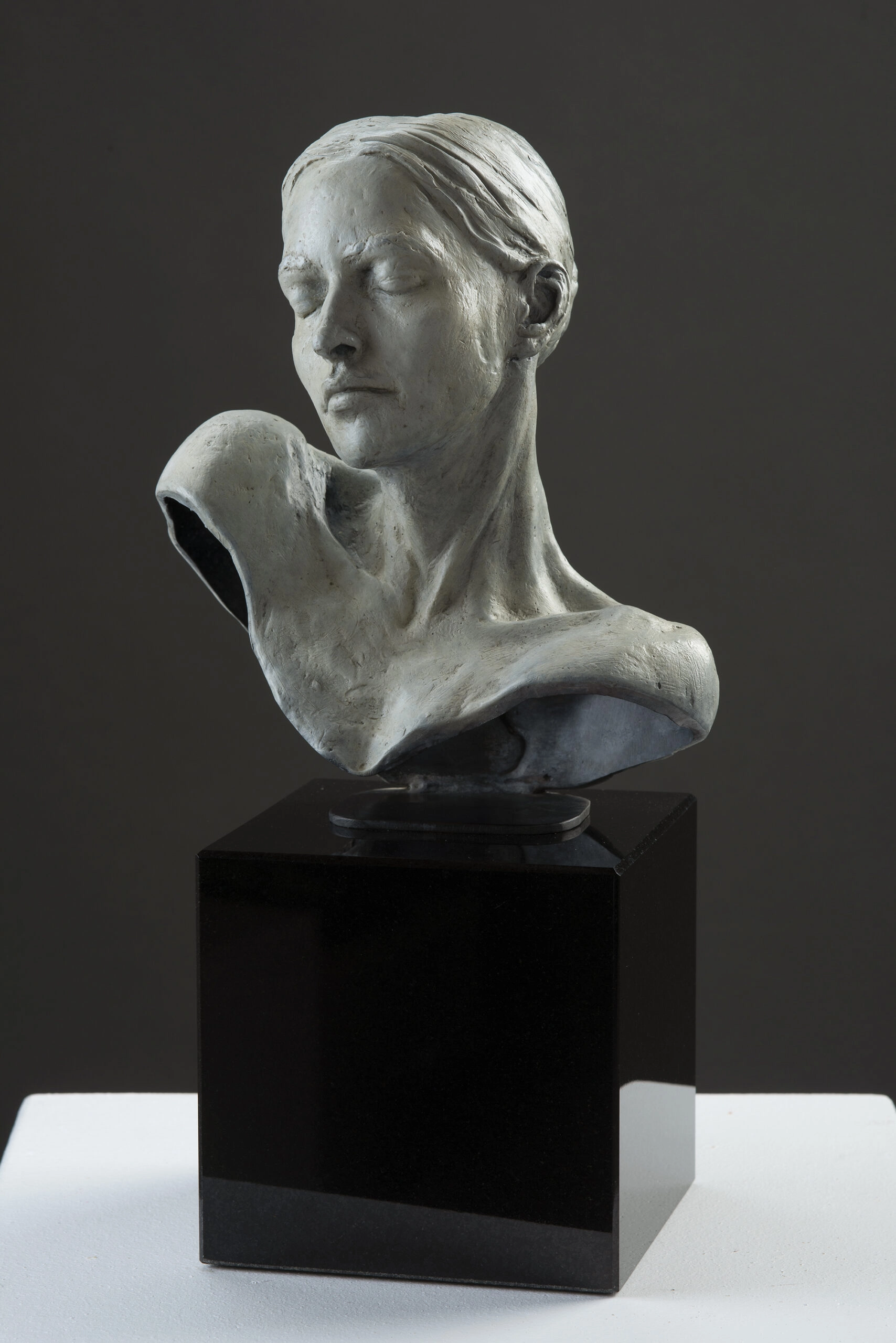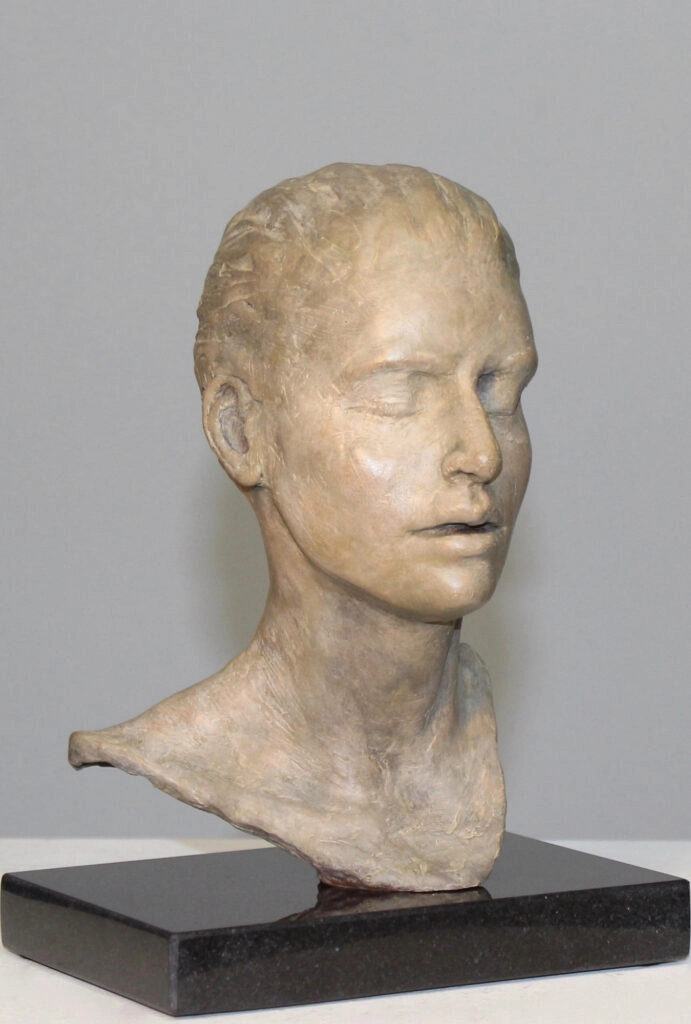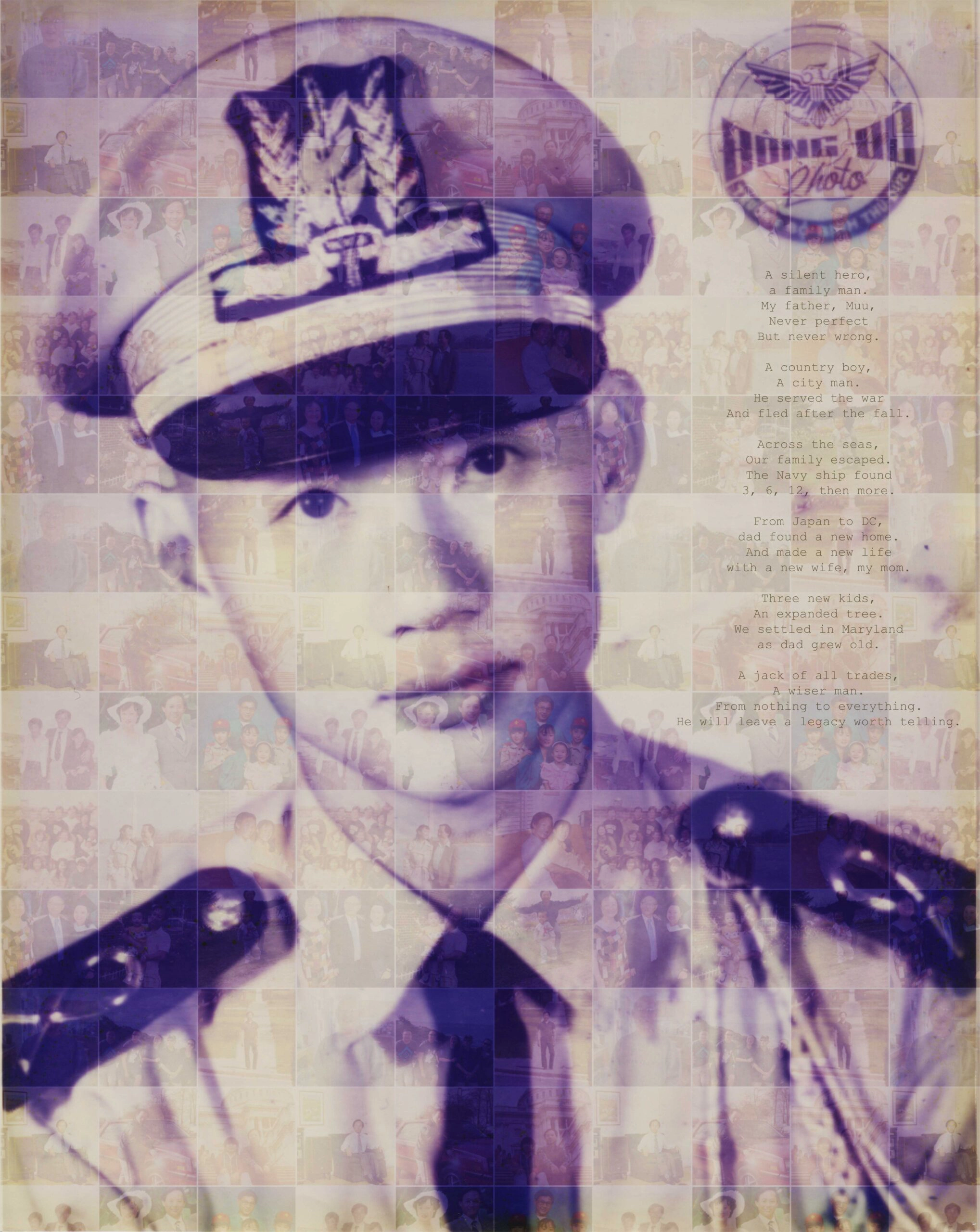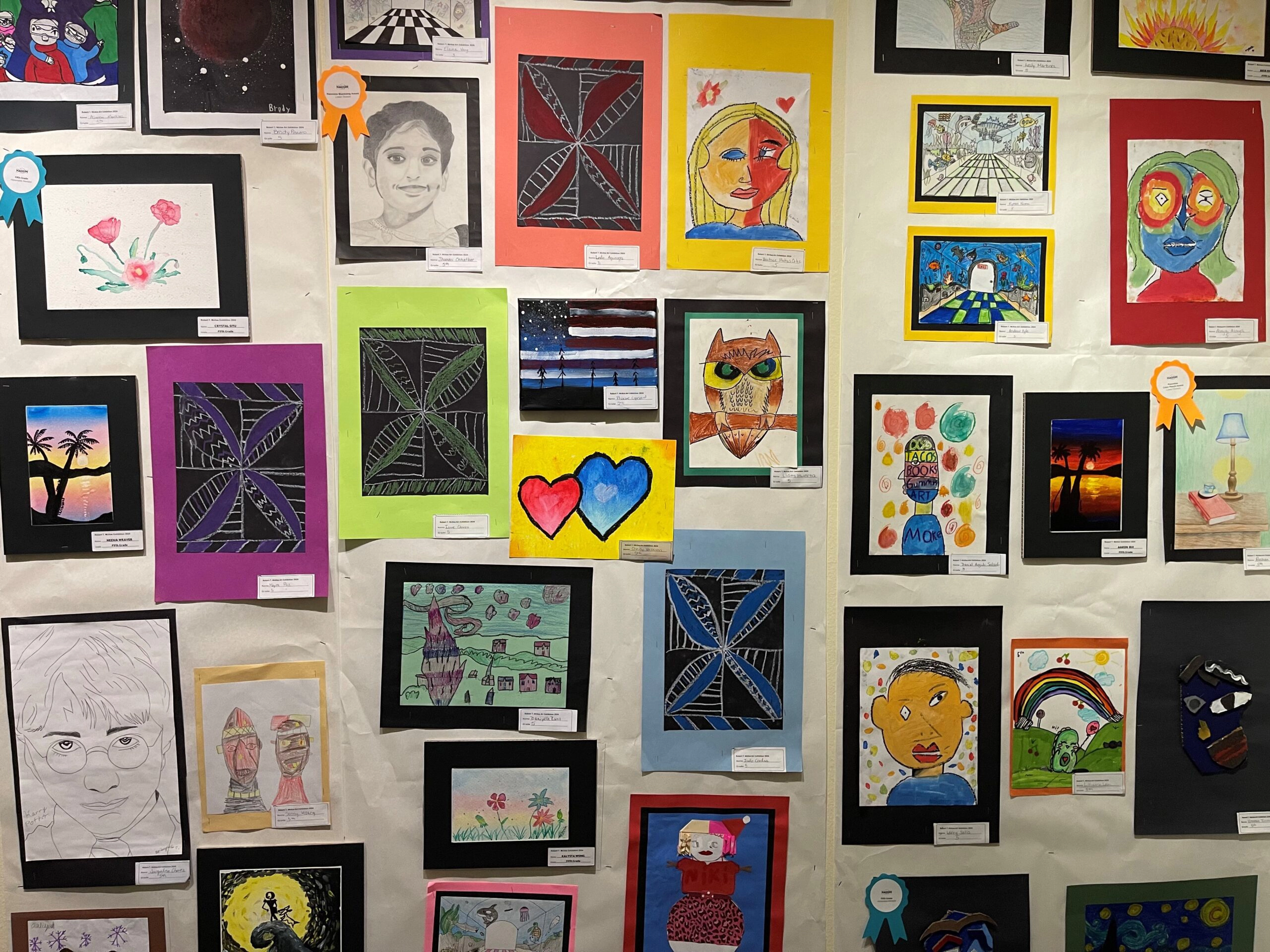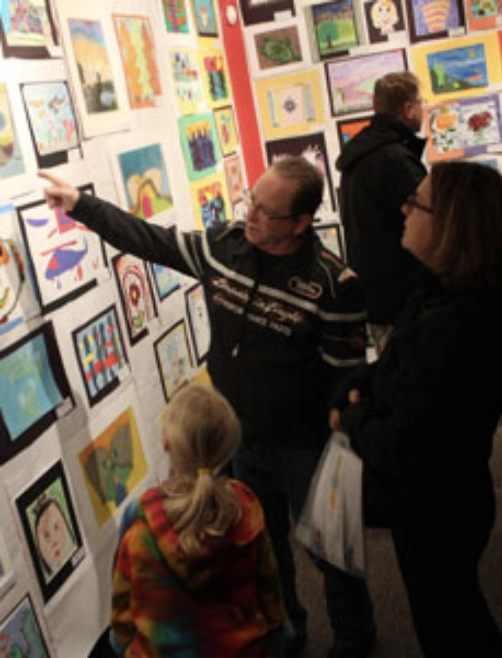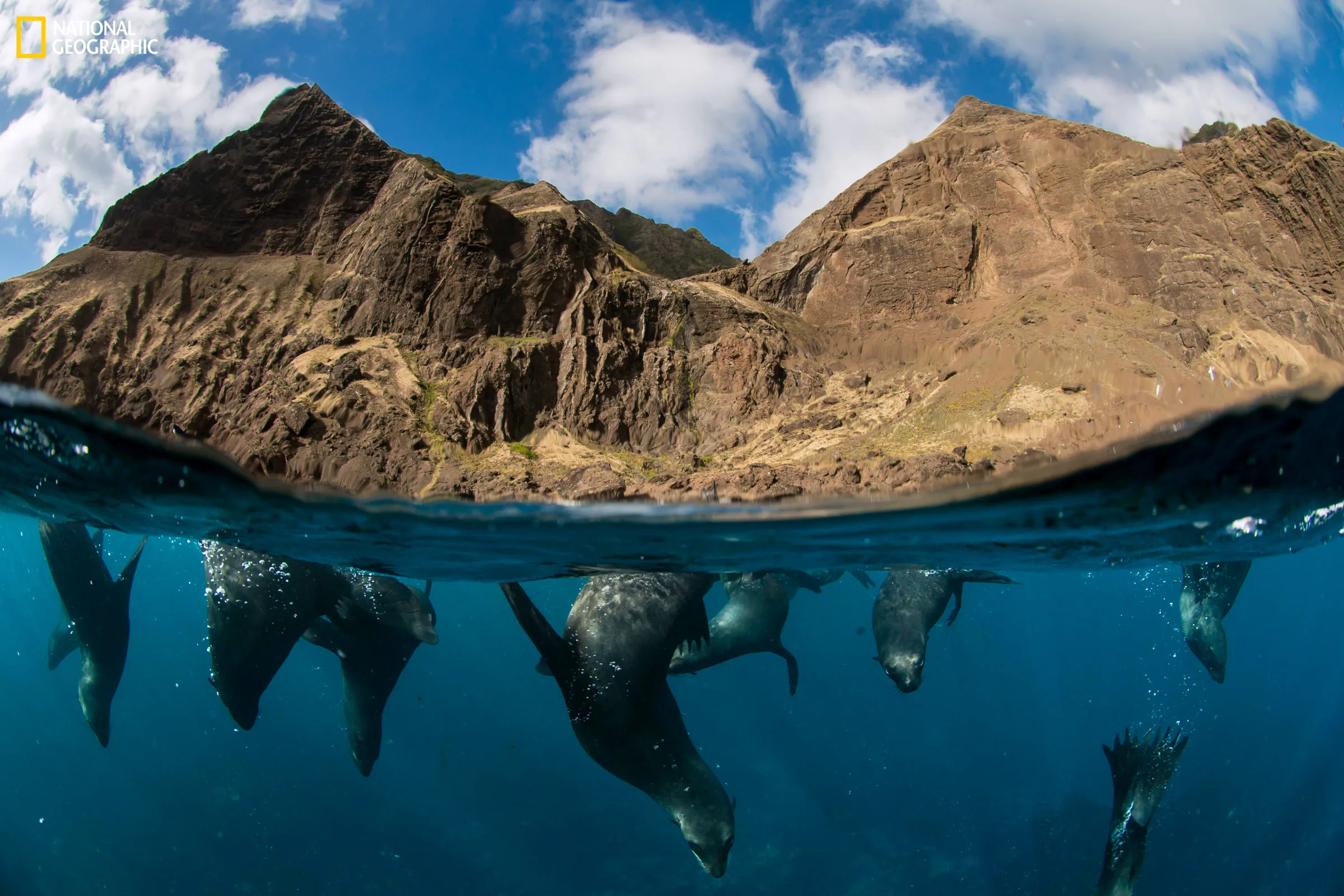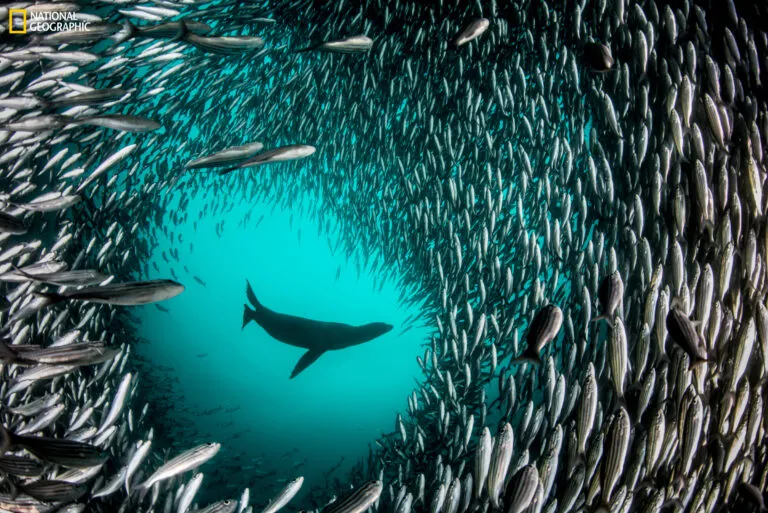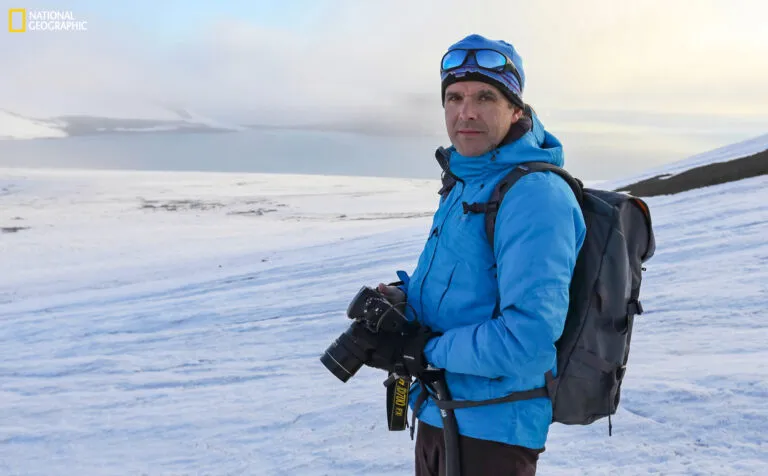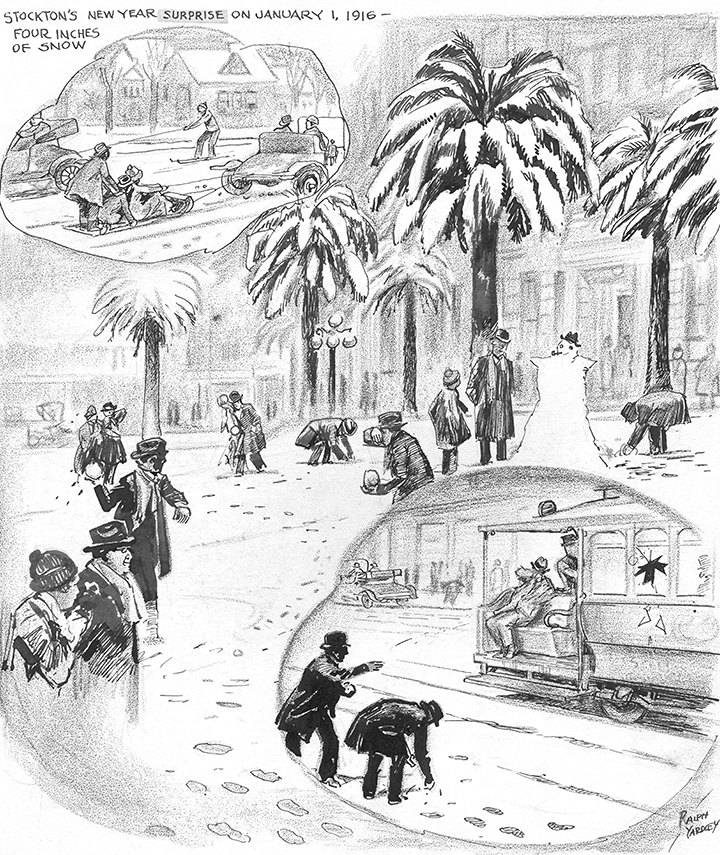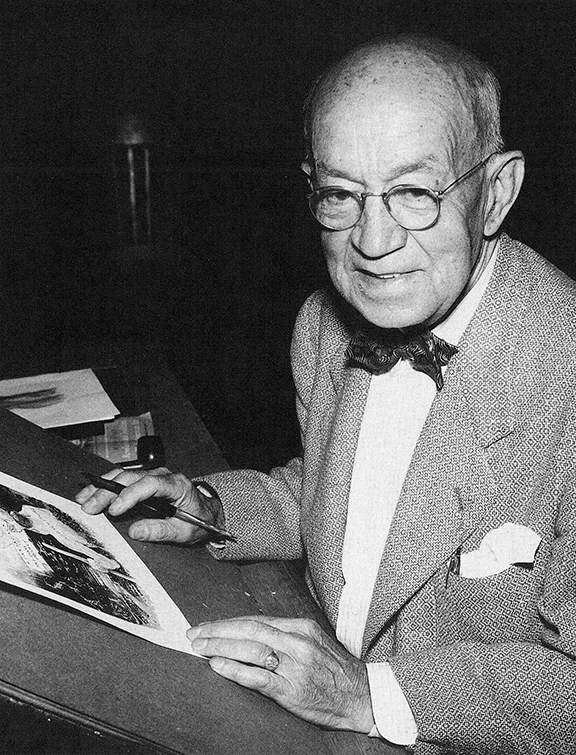A Life in the Wild is an exhibition containing 40 of Mangelsen’s most resonant images—images that take viewers on a journey into the haunts of iconic species whose struggles for survival are metaphorical fulcrums for reflection in the 21st century.
Every single image in Mangelsen’s portfolio has been taken in the wild under natural conditions; the result of him waiting for the “picture perfect moment” across decades and often in hostile conditions. Such a body of work can only be achieved by having a heightened sense of animal behavior, an uncanny feel for being able to read changing atmospherics in the environment, and patience.
At a time when digital technology is, notoriously, reprogramming its users to have shorter attention spans, A Life in the Wild stands as a testament to the rewards that can come to people who slow down their lives and wait for nature’s revelations to happen.
This exhibition stands as a testament to the rewards that can come to people who slow down their lives and wait for nature’s revelations to happen. It showcases Mangelsen’s signature, award-winning photographs of landscape and wildlife in all seven continents. Polar Dance, for example, is a whimsical portrait of polar bears appearing to prance in the Arctic that National Geographic called one of the most important of our time for getting viewers to ponder the consequences of climate change.
The collection of photos includes Mangelsen’s Catch of the Day, one of the most widely circulated wildlife photographs in history, showing the exact moment that a spawning salmon, trying to leap over a small waterfall along Alaska’s Brooks River, soars right into the awaiting jaws of a massive brown bear. Catch of the Day was not only a monumental achievement in photography because it occurred before the advent of digital cameras and involves no digital manipulation, but also because thousands of photographers have attempted to emulate it. Like all of the photographs in the exhibition, it sparks conversation.
Thomas D. Mangelsen – A Life in the Wild, Produced by David J. Wagner, L.L.C., David J. Wagner, Ph.D., Curator/Tour Director
